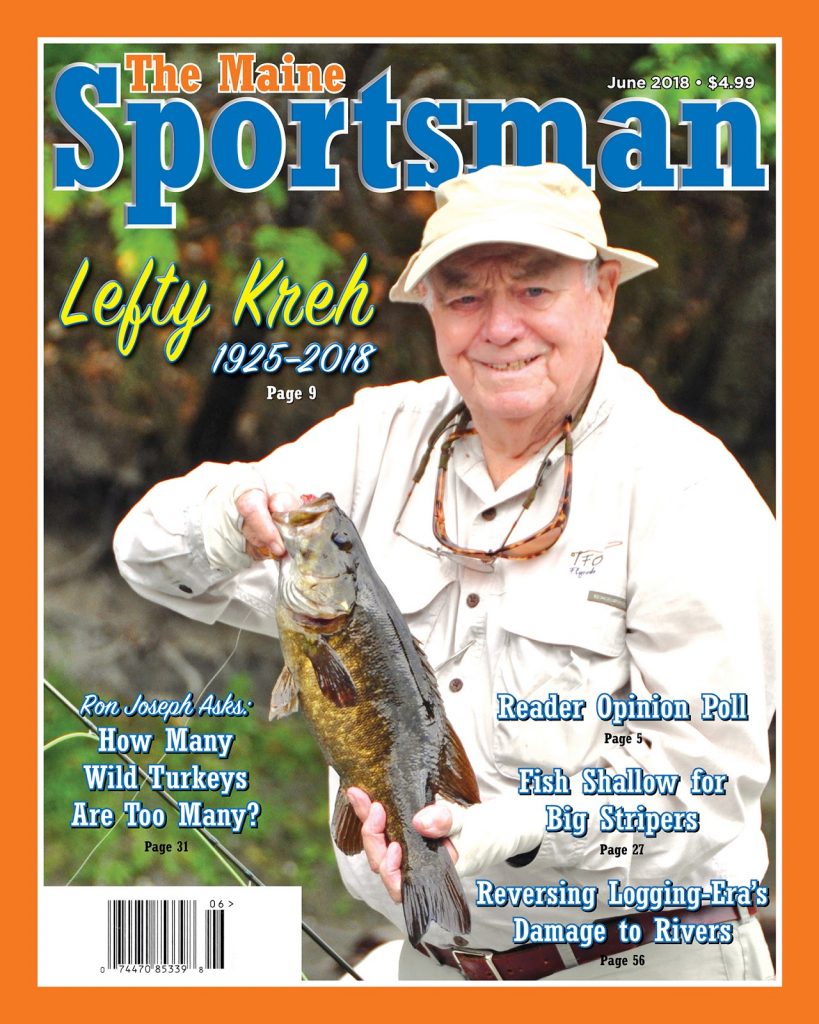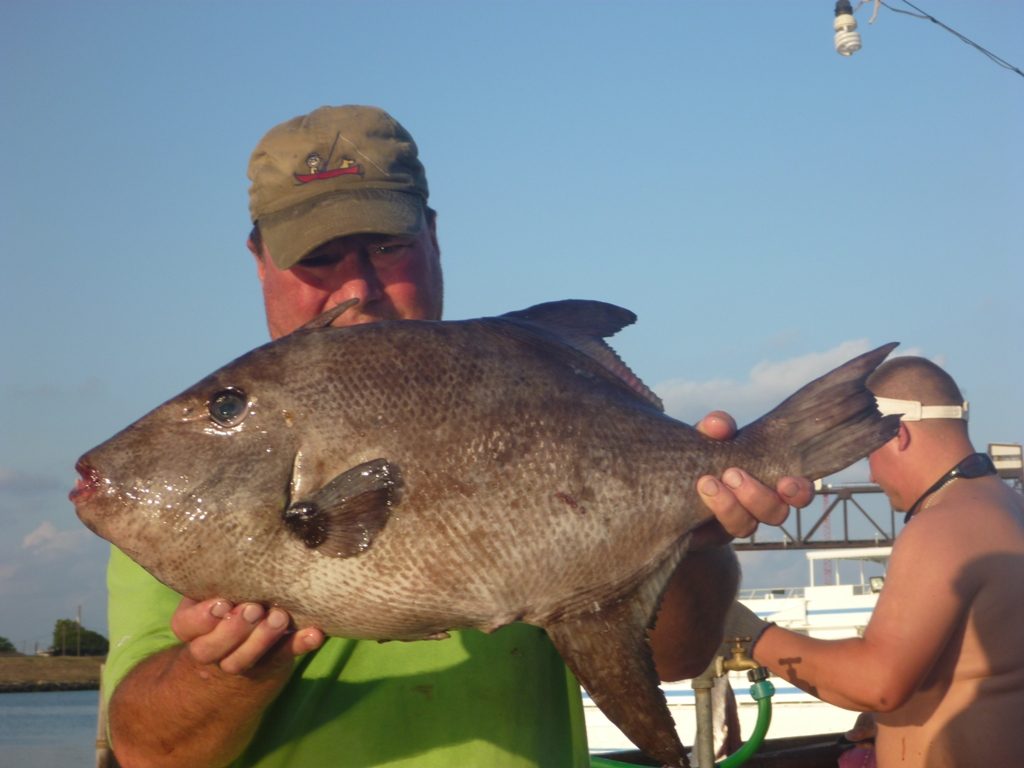window.dataLayer = window.dataLayer || [];
function gtag(){dataLayer.push(arguments);}
gtag(‘js’, new Date());
gtag(‘config’, ‘UA-115029161-1’);
If you’ve flyfished for any amount of time, whether in fresh or saltwater, you know the name Lefty Kreh. He was an outdoor writer, photographer, instructor, fishing guide, fly designer, and all around ambassador for fishing but especially fly fishing. He passed away in March at the age of 93. I was privileged to meet Lefty at a Federation of Fly Fishers Conclave held in Gatlinburg, TN in the late 1990s as well as at a smattering of fly fishing expos.
Now Lang’s Auctions will be having a two-day online estate auction featuring his rods, reels, signed books, hand-tied flies, and other gear on October 27th and 28th. There are a total of 1,995 lots that will go up at auction at prices starting around $20.
Here is their description of the auction and Lefty:
Bernard Victor Kreh (1925-2018), achieved much over the course of his career, attaining a level of celebrity that is unheard of in the angling world. A true pioneer of salt water fly fishing, he authored the definitive work on the subject, “Fly Fishing in Salt Water”, published in 1974. Known by most as simply “Lefty”, Mr. Kreh held firm in his long-standing belief that the art of fly casting need not be difficult, and worked tirelessly to teach an untold number of students, from beginners to experts, his method of gracefully presenting a fly to wary fish. Making an impression early on while guiding angling author Joe Brooks for Maryland Smallmouth bass, Lefty soon embarked on a lifelong career of teaching anglers through personal demonstrations, television, video and lastly the internet, amid fishing with notables that included several U.S. Presidents, stars of stage and screen, and angling luminaries. In addition to his prowess with a rod in hand, Lefty was also known for his skill at the vise, creating the “Lefty’s Deceiver”, a deadly streamer used in both fresh and saltwater with equal effectiveness, earning the distinction of appearing on a Postal Service Stamp in 1991. An author of several books, outdoor writer for several publications, photographer of fishing locations and anglers for publication and creator of many important fly patterns, his influence on the angling world is undeniable. Respected by his peers, admired by all his students and loved by all that knew him, his ever affable personality was exceeded only by his skill with rod and reel. Lang’s is proud to offer the collection of Bernard “Lefty” Kreh.
Skimming through the auction I see boxes and boxes of flies, specimen flies that were used for photos in his books, books, rods, reels, and even a bunch of Lefty’s trademark up-downer fishing caps. Some of this stuff actually belongs in the American Museum of Fly Fishing. That said, this auction gives you the opportunity to own not only some of Lefty’s gear but sample flies sent to him by some of the great fly designers of all time.
The estate auction can be found here.


